Country guides

Things to do in Costa Rica
Costa Rica's wealth of attractions will enchant even the most jaded of travellers, with stunning national parks, wildlife refuges and biological reserves accounting for no less than 25 percent of the land. Adventurous visitors can be assured of many opportunities for world-class surfing, kayaking, hiking, fishing, white water rafting, canyoning, climbing, and zip-lining, and those inclined to relax will find sun-tanning, swimming, and snorkeling galore on the destination's beautiful beaches.
The northwest region of Costa Rica is famous for two spectacular national parks: the Arenal Volcano National Park, with the active Volcan Arenal at its heart, and the world-renowned Monteverde Cloud Forest Biological Reserve, a unique and awe-inspiring wilderness area that dazzles visitors with its mystical atmosphere. Fortuna is a good base from which to explore the region, and a visit to the Monteverde community, spread in the hills of the cloud forest, is a fascinating excursion.
The Pacific coast is well developed for tourism and is scattered with picturesque villages and great beaches. Jaco is a beach resort town that is perfect for surfing, sunning, and partying.
Puntarenas, the largest town in the region and a popular stop for cruises, is also a good base for exploring the area. The Manuel Antonio National Park is the most celebrated reserve of the region and, here, travellers will find a captivating variety of wildlife, as well as the chance to enjoy numerous adventure activities.
The Caribbean coast of Costa Rica is becoming increasingly popular, thanks to its more relaxed atmosphere and less-developed infrastructure for tourism. It exists as a beach haven, its local communities generally friendly towards tourists. Puerto Limon is a bit rundown, but receives regular cruise passengers and acts as a doorway into the stunning coastal areas and pristine rainforests of Caribbean Costa Rica.
Puerto Viejo de Talamanca is a popular tourist destination nestled on the coast. The best parks in this area are the Cahuita National Park, which protects a wondrous coral reef and is a treat for divers and snorkellers, and the Tortuguero National Park in the north, a famous breeding ground for sea turtles.
San Jose sits in the middle of this natural wonderland of a country, and is a lively and modern city with good shopping, restaurants and nightlife. It has some architecturally beautiful colonial areas and a few great museums. From this urban centre, visitors will find a magnificent list of things to see and do in Costa Rica.
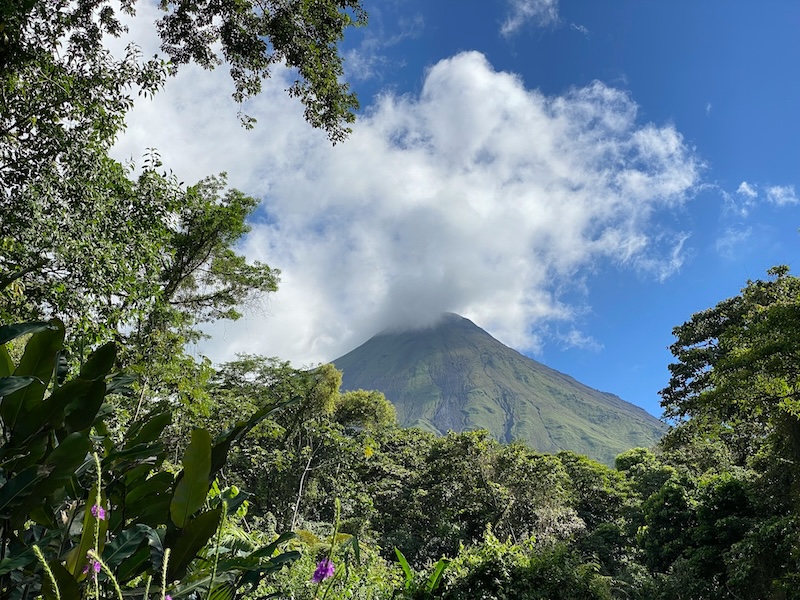
Arenal Volcano National Park
Arenal Volcano National Park, known as the 'Energetic Heart of Costa Rica', features the 5,358-foot (1,633-metre) cone-shaped Volcán Arenal. The volcano was highly active for deca…
Arenal Volcano National Park
Arenal Volcano National Park, known as the 'Energetic Heart of Costa Rica', features the 5,358-foot (1,633-metre) cone-shaped Volcán Arenal. The volcano was highly active for decades, with a major 1968 eruption causing significant damage and dozens of deaths. While eruptions and glowing lava were once common, activity has declined since 2010, with only steam vents and occasional rumbling visible today.
The park offers trails through rainforest, old lava fields, and areas affected by the 1968 eruption, with safety measures in place. Visitors can often see wildlife such as monkeys and birds. The Visitor Centre provides educational displays, and though overnight stays aren't allowed, guided night tours from La Fortuna offer after-dark exploration.
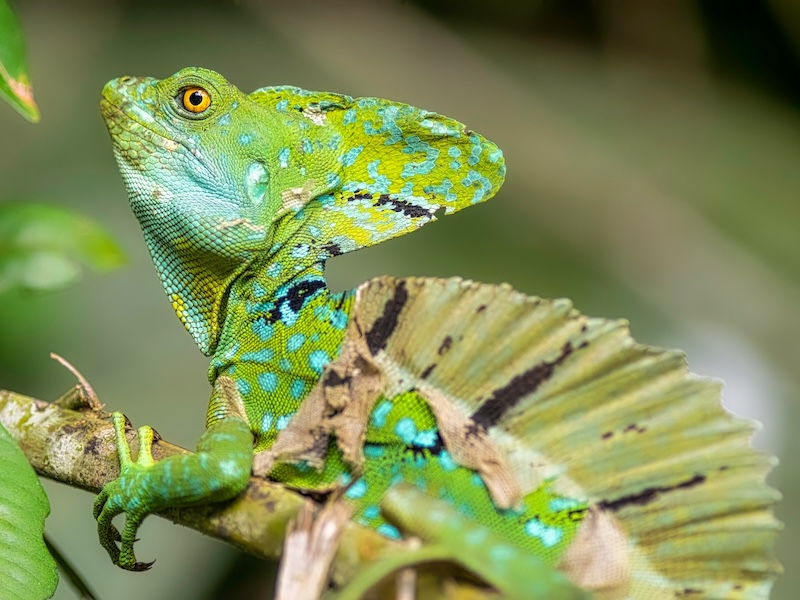
Tortuguero National Park
Despite its remoteness on Costa Rica's northern Caribbean coast, Tortuguero National Park is one of the country's most visited protected areas. It's the primary nesting site for gr…
Tortuguero National Park
Despite its remoteness on Costa Rica's northern Caribbean coast, Tortuguero National Park is one of the country's most visited protected areas. It's the primary nesting site for green sea turtles, which come ashore from July to October, along with leatherback, hawksbill and loggerhead turtles. Covering about 125 square miles (320 sq km), the park protects beaches, canals, wetlands and rainforest; visitors can explore it by boat or trail, and view wildlife such as monkeys, sloths, manatees and over 400 bird species. Turtle nesting is the park's main attraction.
Website www.acto.go.cr
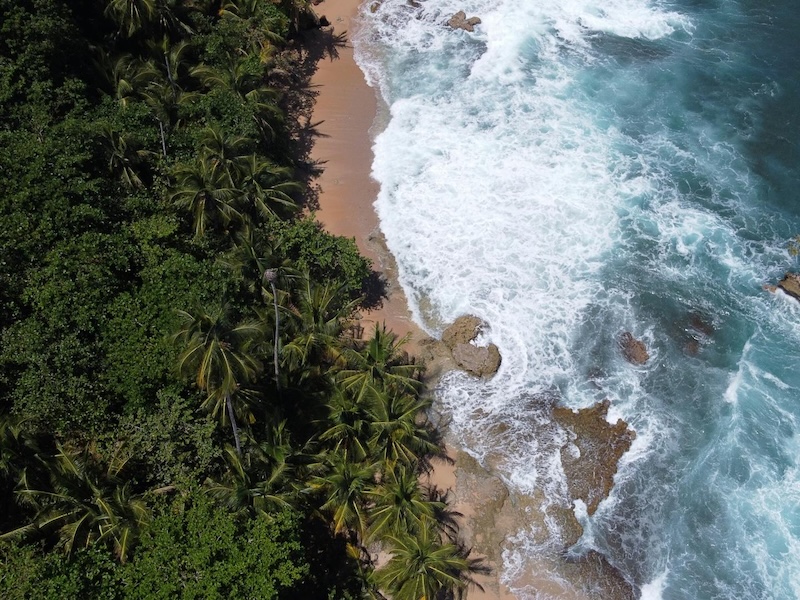
Cahuita National Park
The only coral reef on the Costa Rican Caribbean coastline is found within this national park and, with 500 species of fish, it affords excellent opportunities for snorkelling. Apa…
Cahuita National Park
The only coral reef on the Costa Rican Caribbean coastline is found within this national park and, with 500 species of fish, it affords excellent opportunities for snorkelling. Apart from the vibrant underwater colours and fish, there are two sunken ships to explore as well. The park was established in 1978 to protect the coral reef, but unfortunately it's still seriously threatened. While the land area of Cahuita National Park is small, it has stunning beaches and is good for both land and water activities, making it one of the most visited parks on the Caribbean coast. A well-defined trail runs through the coastal rainforest and howler monkeys and sloths are among the wildlife attractions. The area is also great for bird watching and may reward visitors with sightings of the striking butterflies found in the jungle. The hike to the beach is flat and the path is easy to follow and winds through wonderful jungle scenery.
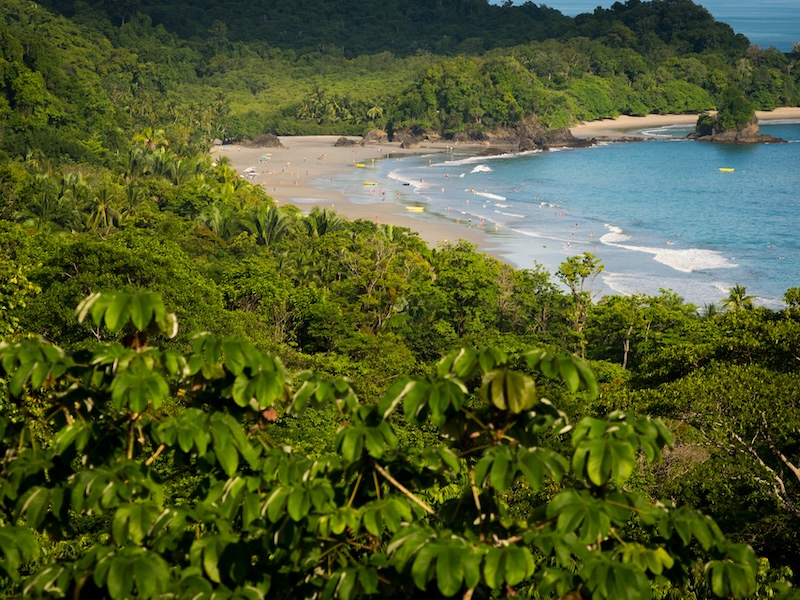
Manuel Antonio National Park
Manuel Antonio is the smallest national park in Costa Rica, yet one of the most popular thanks to its stunning white-sand beaches, rocky headlands and lush tropical rainforest. Wit…
Manuel Antonio National Park
Manuel Antonio is the smallest national park in Costa Rica, yet one of the most popular thanks to its stunning white-sand beaches, rocky headlands and lush tropical rainforest. Within this rich landscape live many of Costa Rica's iconic animals, including sloths, agoutis, monkeys and iguanas. The park has a well-maintained trail system suited for solo visitors, and knowledgeable local guides are available at the entrance for those wanting a more in-depth experience. Scenic viewpoints are scattered along the trails, offering beautiful coastal vistas, and visitors often pause at rest spots near the beaches to enjoy a snack.
The town of Quepos, just outside the park, is a welcoming hub and a well-known centre for sport fishing. Anglers from around the world come in search of prized catches such as sailfish and marlin. Beyond fishing, the area offers a range of activities, including thrilling zip line tours through the nearby jungle canopy. Surf schools operate on beaches just outside the park, catering to beginners and experienced surfers alike. For a more relaxing end to the day, several spas on the outskirts of the park provide options for rest and rejuvenation.
Website manuelantoniopark.net
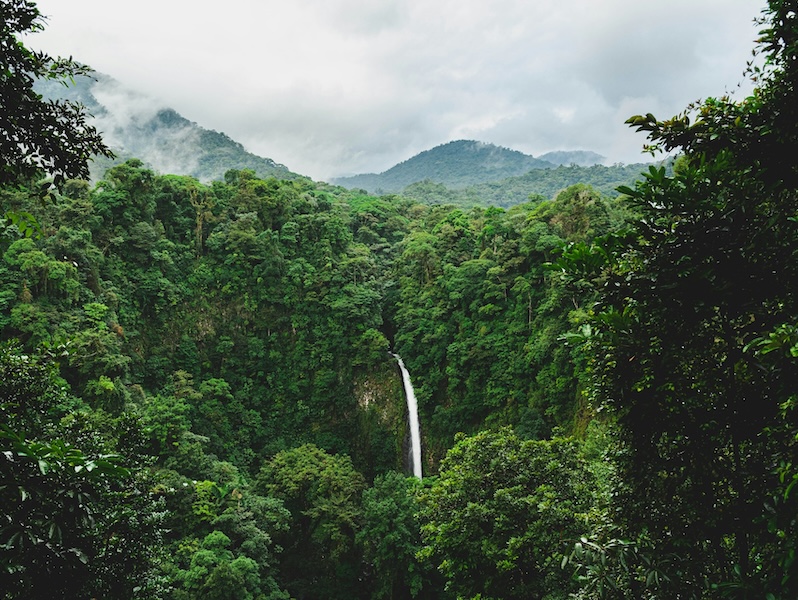
Fortuna
La Fortuna is the closest town to Arenal Volcano and offers stunning views of the volcano, making it a convenient base for exploring the national park and nearby attractions. While…
Fortuna
La Fortuna is the closest town to Arenal Volcano and offers stunning views of the volcano, making it a convenient base for exploring the national park and nearby attractions. While the volcano no longer displays visible lava flows, night tours provide opportunities to see fumaroles and spot nocturnal wildlife. Visitors can also enjoy relaxing hot springs with views of the volcano.
Daytime hiking in the park doesn't require a guide, but night visits must be guided. Popular excursions from La Fortuna include boat tours at Cano Negro Wildlife Refuge, visits to the Arenal Butterfly Conservatory, and horseback rides to nearby waterfalls and swimming spots. Lake Arenal, close by, offers fishing, kayaking, and scenic water sports. For river adventures, the calm Peñas Blancas River is ideal for wildlife cruises, while the Rio Toro River provides thrilling class III-IV white-water rafting.
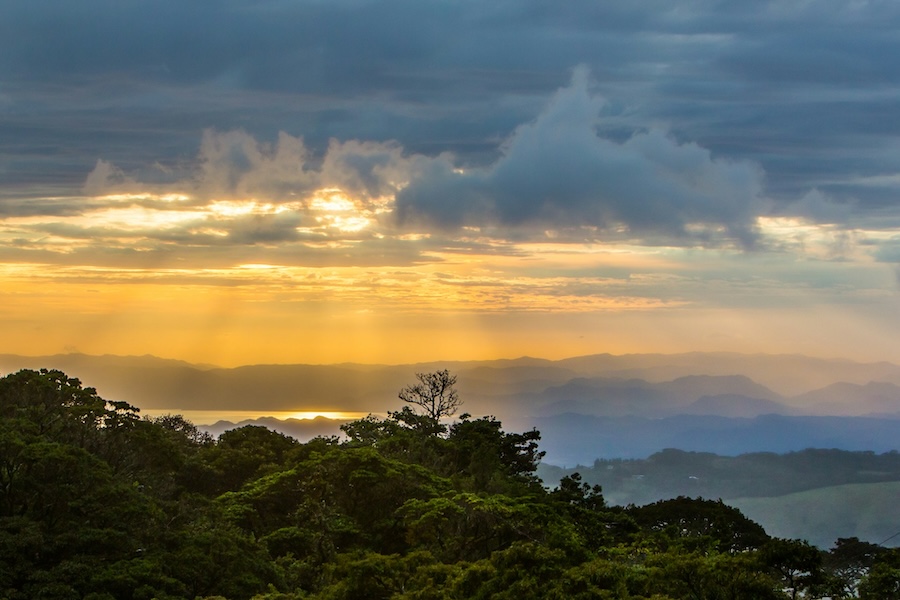
Monteverde
Monteverde is a small community spread along several kilometres of road leading to the famous Monteverde Cloud Forest Biological Reserve. Originally settled by Quakers for dairy fa…
Monteverde
Monteverde is a small community spread along several kilometres of road leading to the famous Monteverde Cloud Forest Biological Reserve. Originally settled by Quakers for dairy farming, the area is known for its distinctive Monteverde cheese, popular throughout Costa Rica. Over time, the reserve expanded into the renowned cloud forest that attracts visitors from around the world today.
Nearby Santa Elena is the closest town and home to its own, less-visited cloud forest reserve. Monteverde also offers attractions such as the Butterfly Gardens, Serpentarium, cheese factory, and art galleries. The CASEM Handicrafts Cooperative supports about 140 local artisans by selling handmade goods. Near the reserve entrance, the Hummingbird Gallery features feeders that attract several species of hummingbirds.
Numerous trails allow visitors to explore coffee and banana plantations or hike to hilltop viewpoints overlooking the cloud forest. On clear days, visitors may catch distant views of Arenal Volcano and enjoy abundant birdlife and wildlife throughout the area.
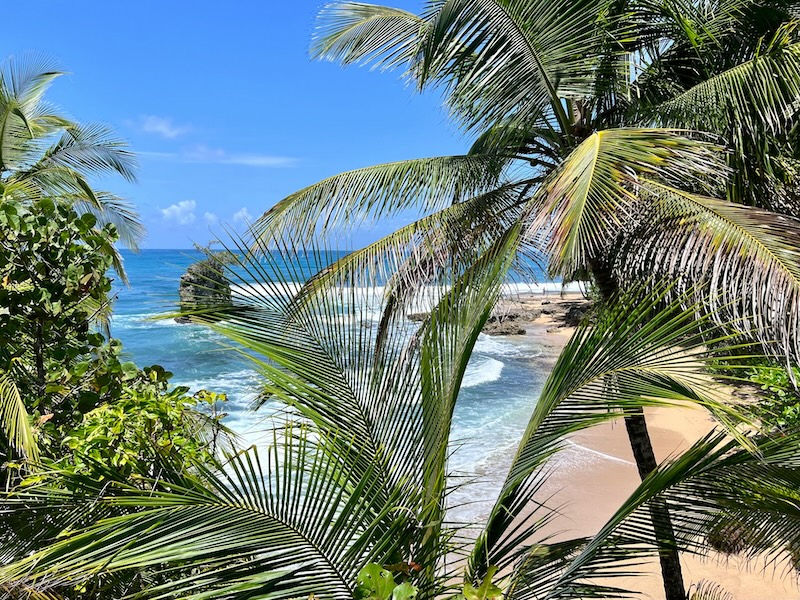
Puerto Viejo de Talamanca
Puerto Viejo de Talamanca, commonly known as Puerto Viejo (not to be confused with Puerto Viejo de Sarapiquí in the northern lowlands), is a laid-back beach town nestled between t…
Puerto Viejo de Talamanca
Puerto Viejo de Talamanca, commonly known as Puerto Viejo (not to be confused with Puerto Viejo de Sarapiquí in the northern lowlands), is a laid-back beach town nestled between the forested Talamanca Mountains and the Caribbean Sea. It's known for its powerful surf (particularly at Salsa Brava), vibrant Afro-Caribbean and Bribri indigenous cultures, and flavourful local cuisine. The scenic seven mile (12 km) stretch of coastline from Puerto Viejo to Manzanillo features stunning beaches such as Playa Cocles, Playa Chiquita and Punta Uva; visitors can enjoy fishing, horseback riding, cultural tours, homestays and excursions to nearby Cahuita National Park. Puerto Viejo also offers lively nightlife, reggae-infused beach bars, and a fun, social atmosphere.
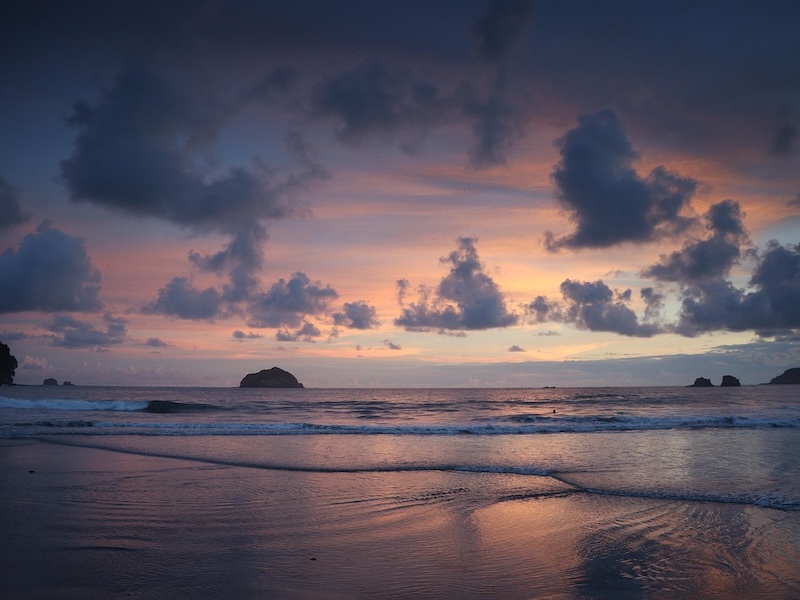
Puerto Limon
Puerto Limon is known less for its sights than for its proximity to some of Costa Rica's top natural attractions. Many cruise liners lay over in the port to allow passengers the ch…
Puerto Limon
Puerto Limon is known less for its sights than for its proximity to some of Costa Rica's top natural attractions. Many cruise liners lay over in the port to allow passengers the chance to take excursions, and independent travellers come here from San Jose, along the scenic Guapiles Highway, to use Puerto Limon as a base for exploring the coast. Just south of the city is the popular and beautiful beach of Playa Bonita, easily accessible by taxi or bus, and inland there are myriad scenic excursions to appreciate the volcanoes, lush valleys, tropical rainforests, and national parks. Travellers and cruise ship passengers can organise trips from Puerto Limon on an aerial tram that traverses across the rainforest canopy in the Braulio Carrillo National Park. They can also travel to Costa Rica's capital, San Jose, passing through exotic scenery en route. The more active can opt for white water rafting on the Reventazon River, or a horseback trek from a nearby ranch through the jungle. One of the most popular outings is a boat trip up the Tortuguero Canal, which runs parallel to the coastline from Puerto Limon to the Nicaraguan border, affording the chance to enjoy some spectacular scenery and get close to wildlife.


